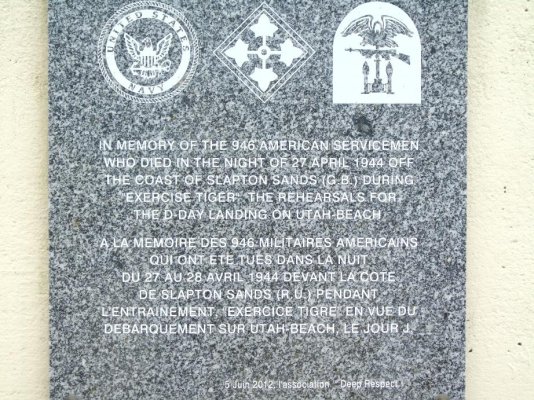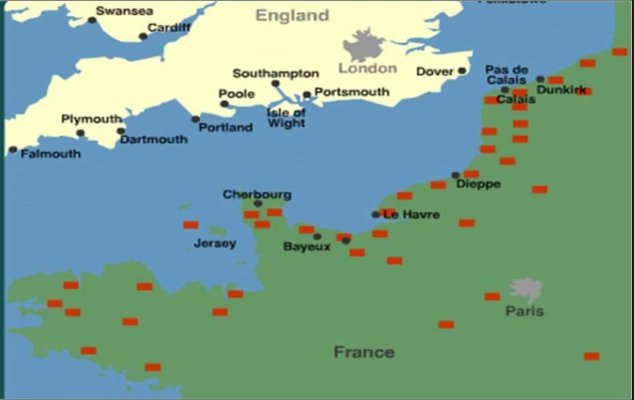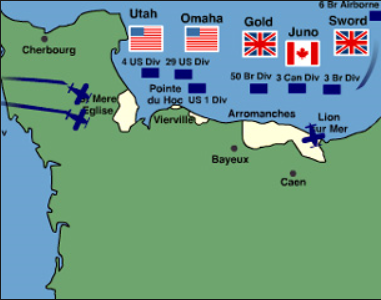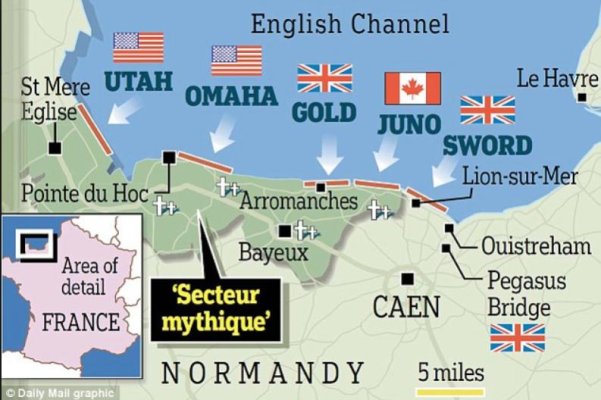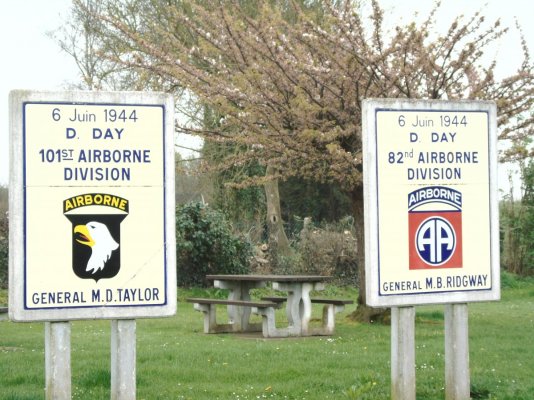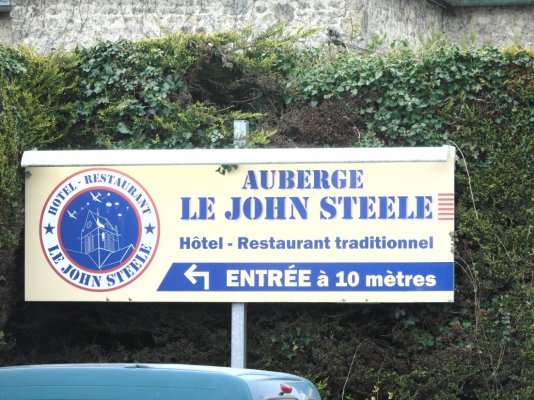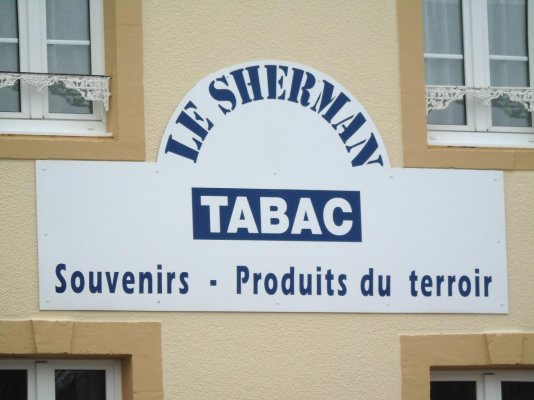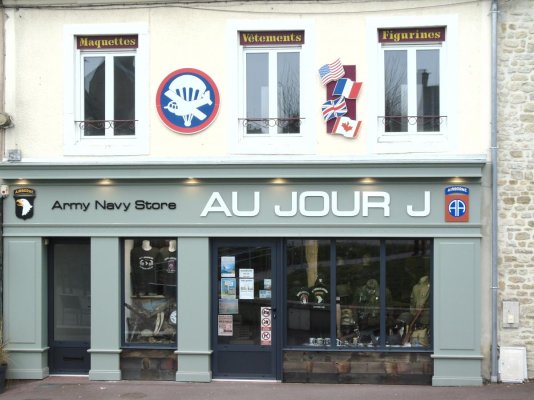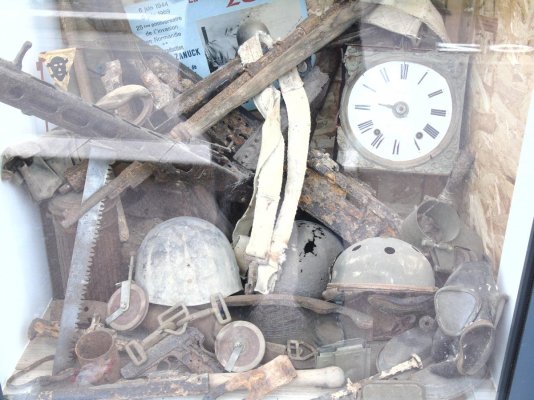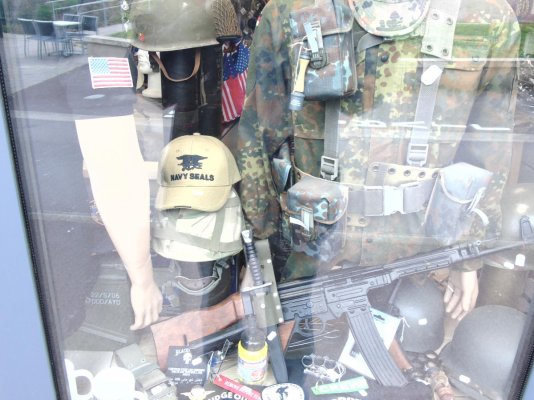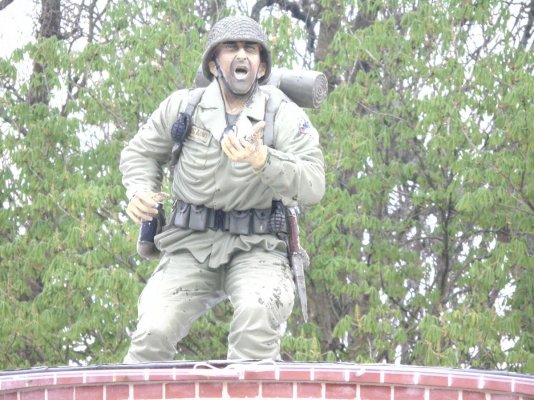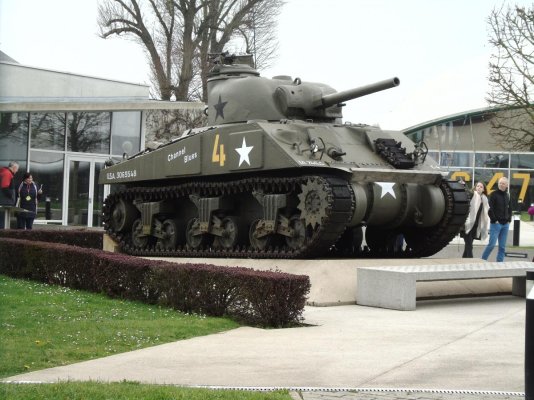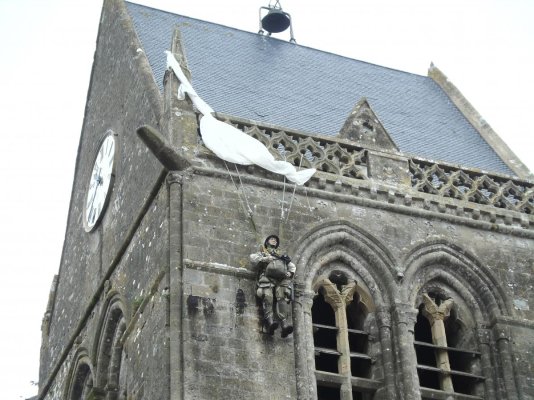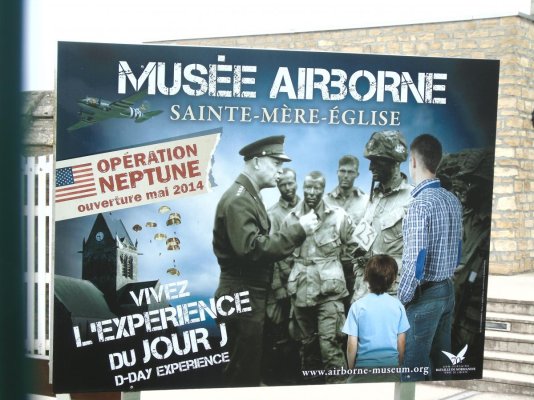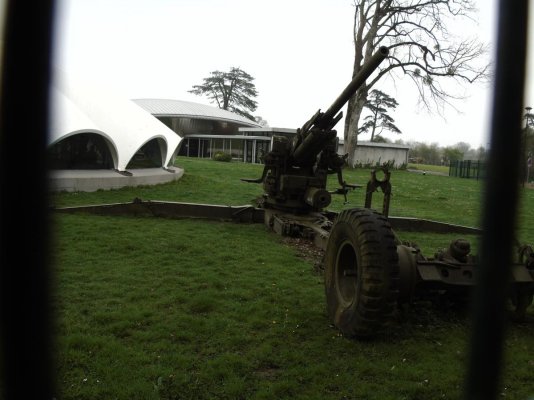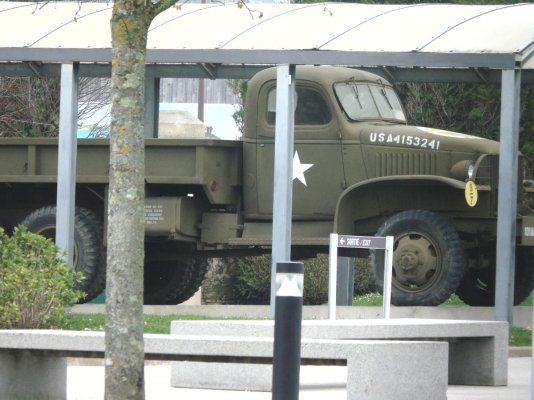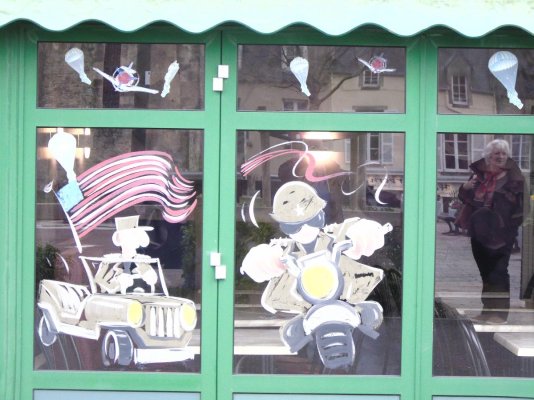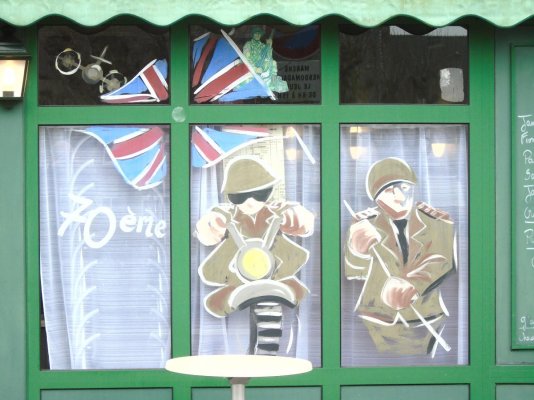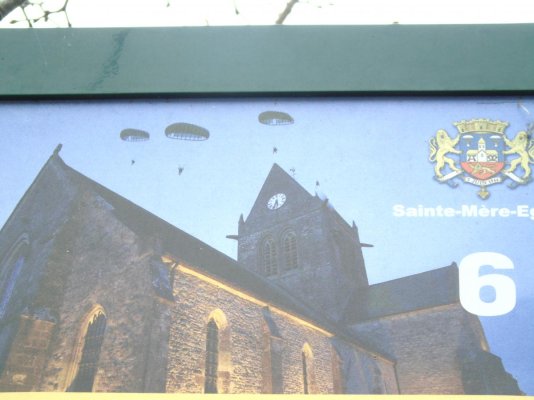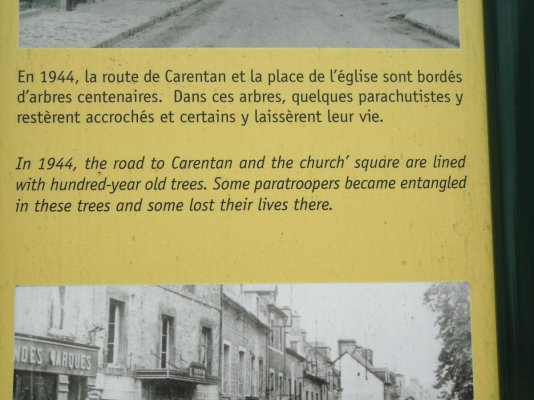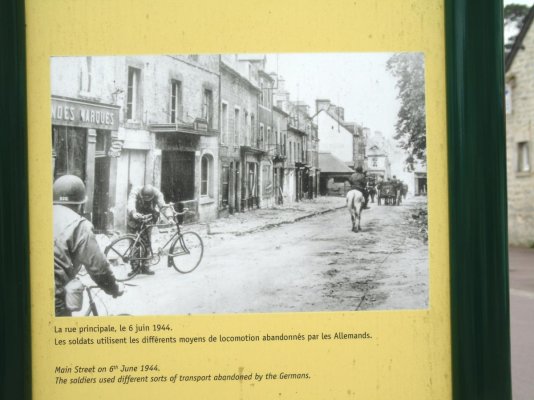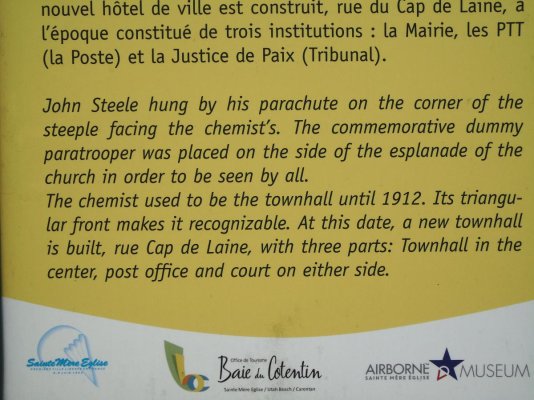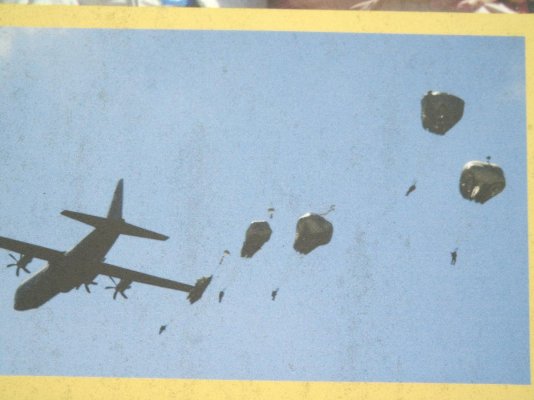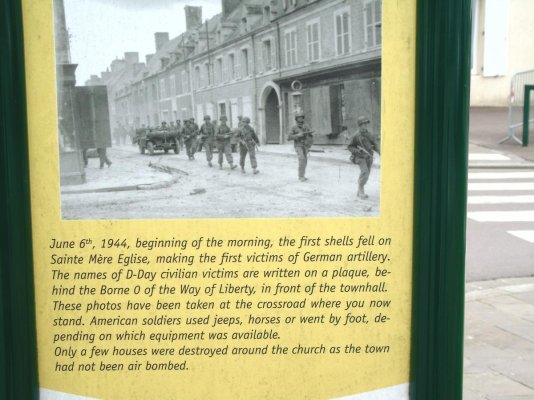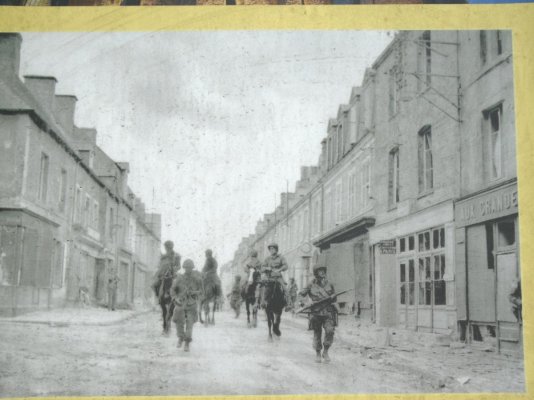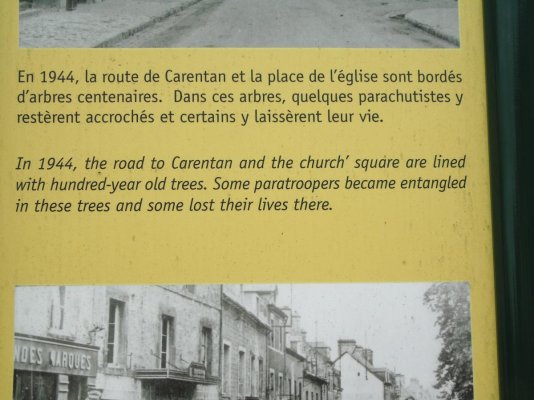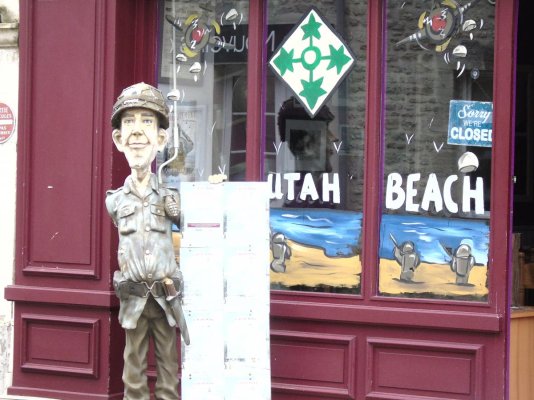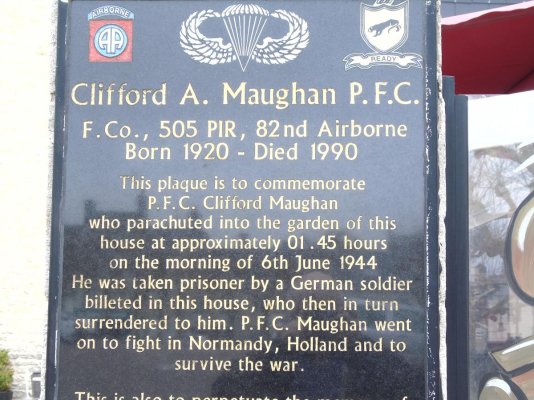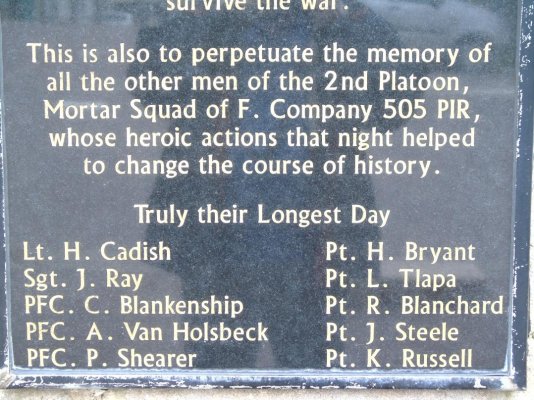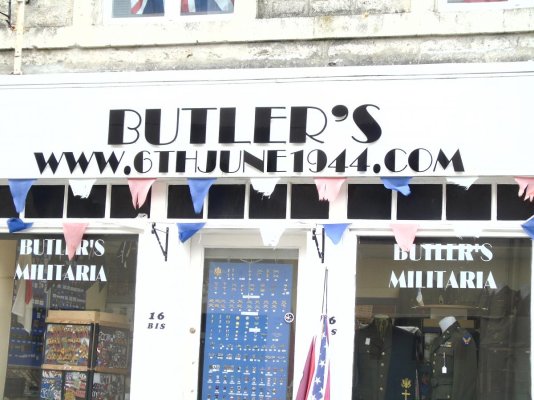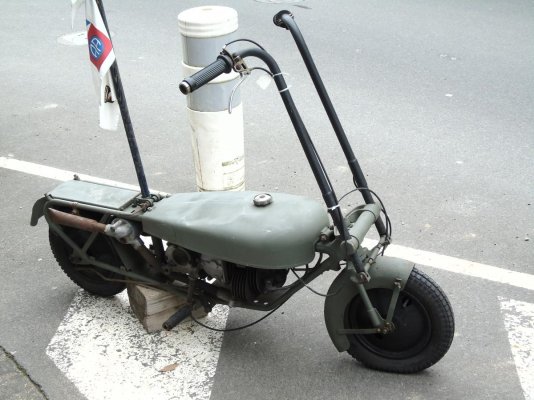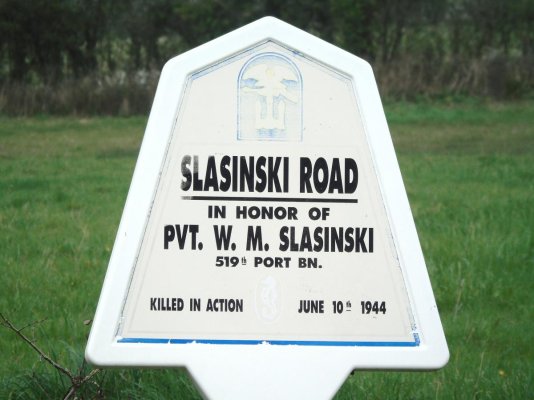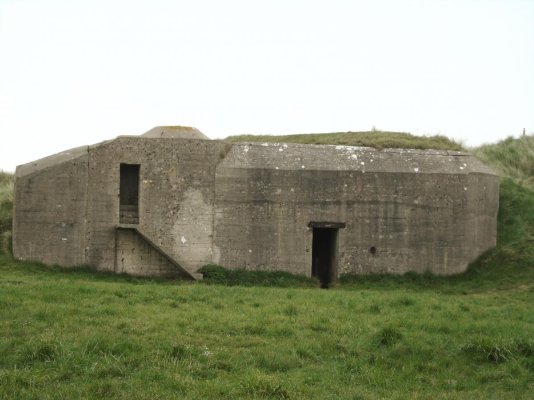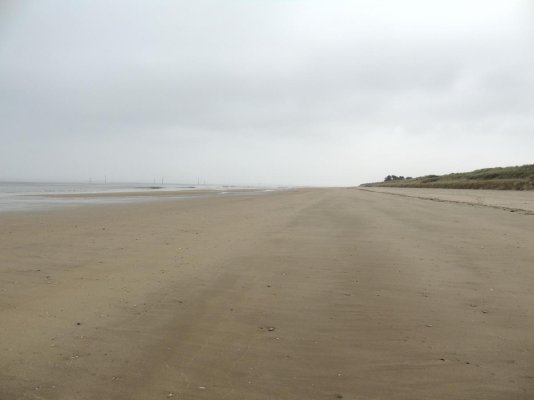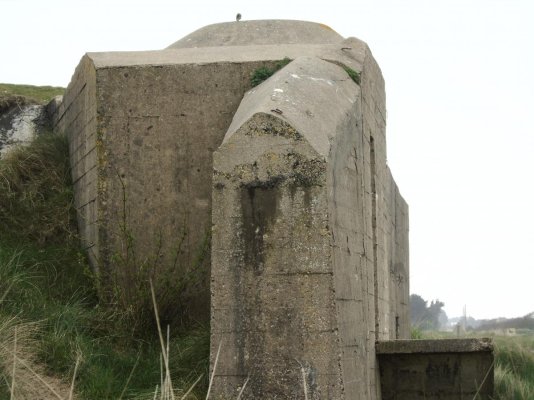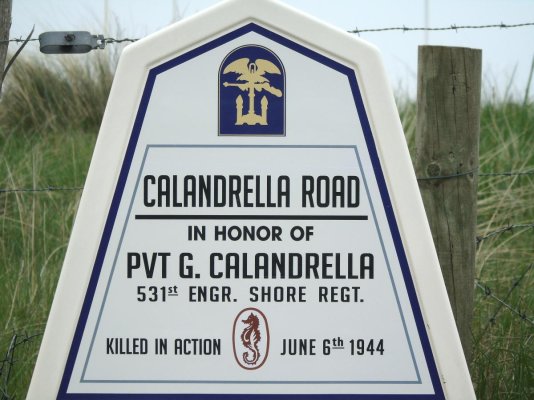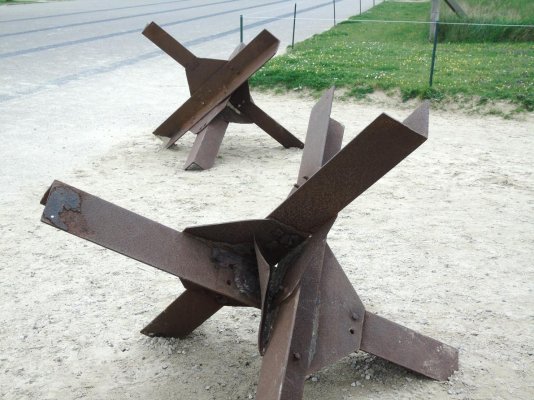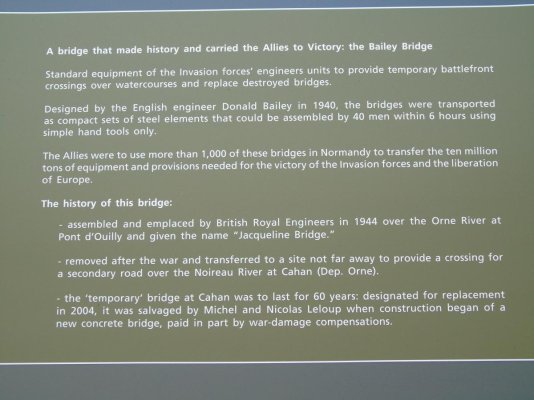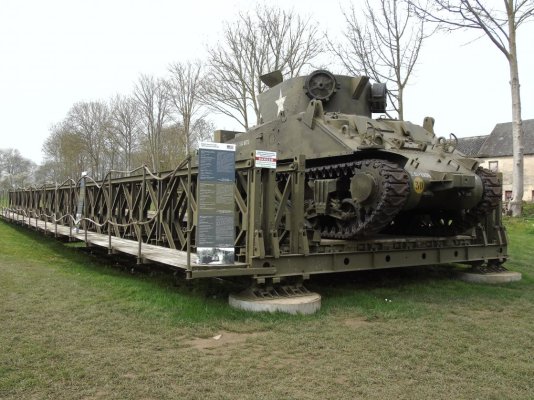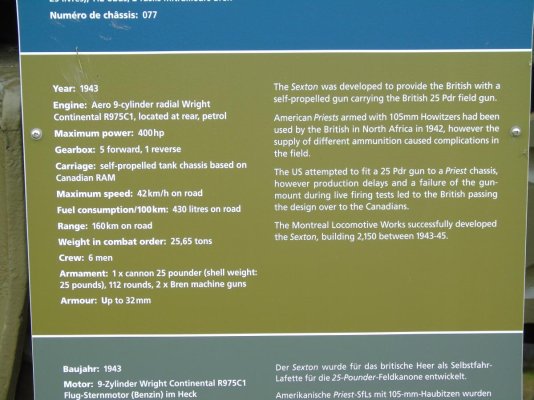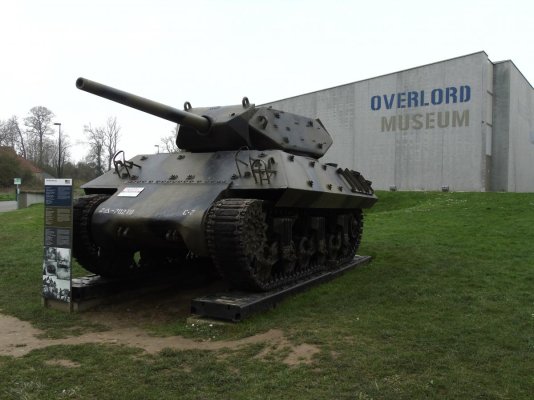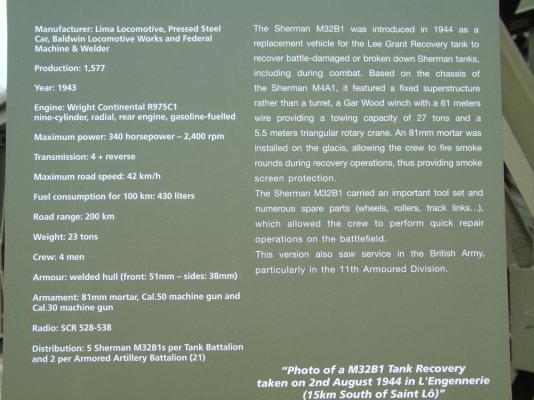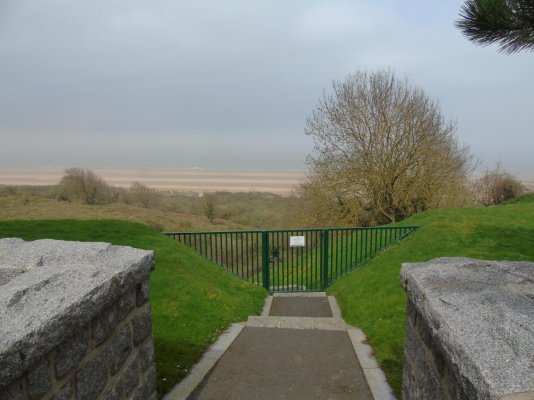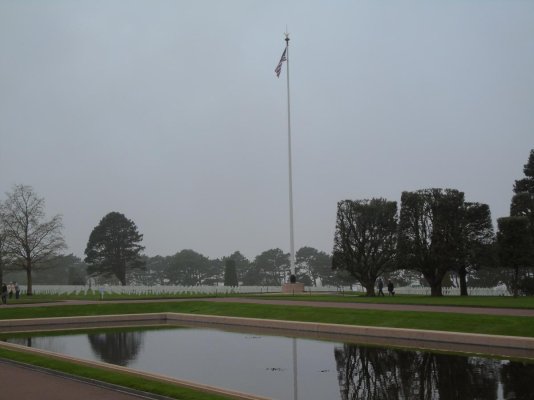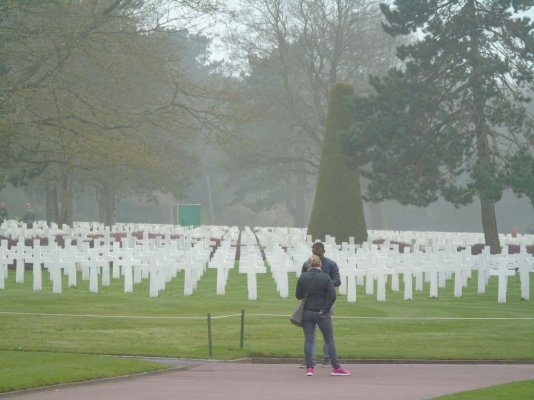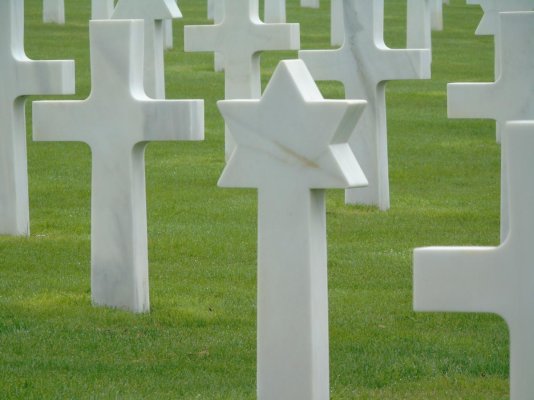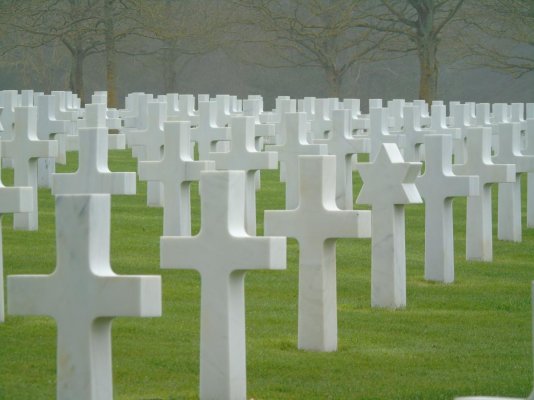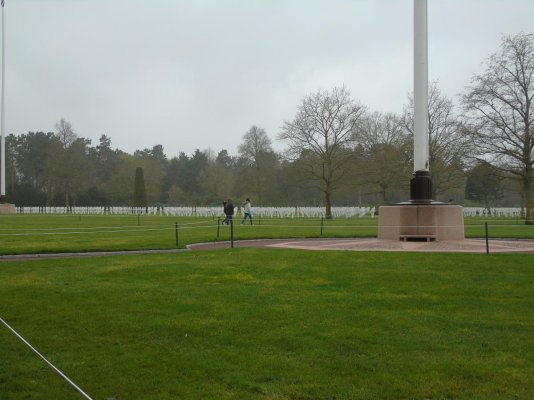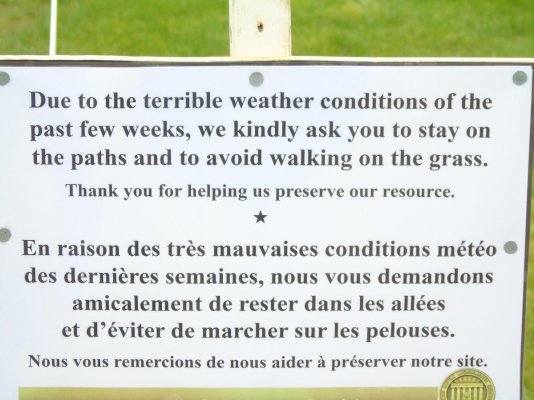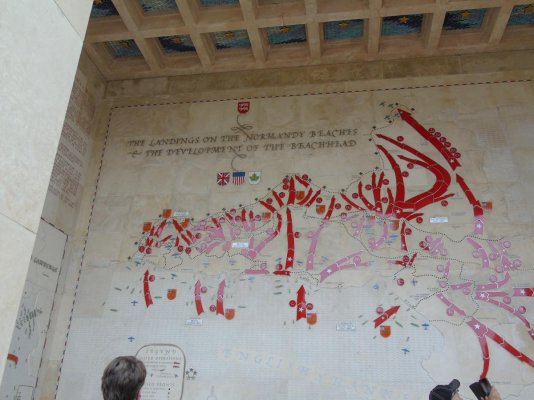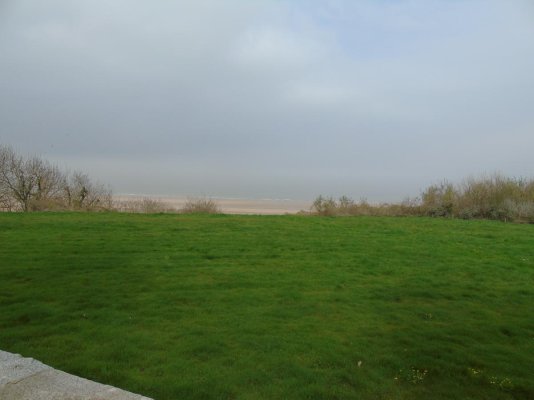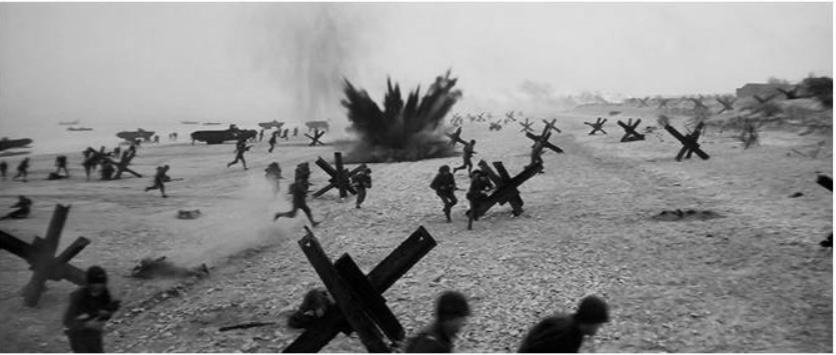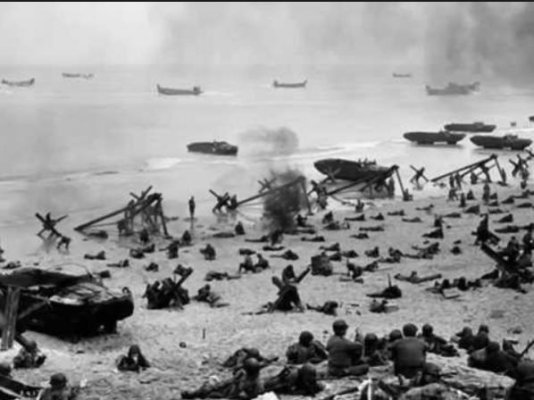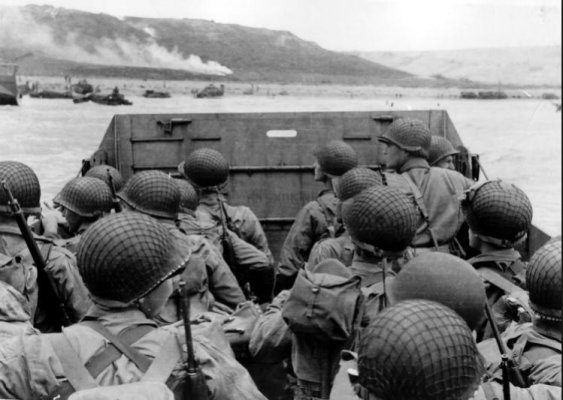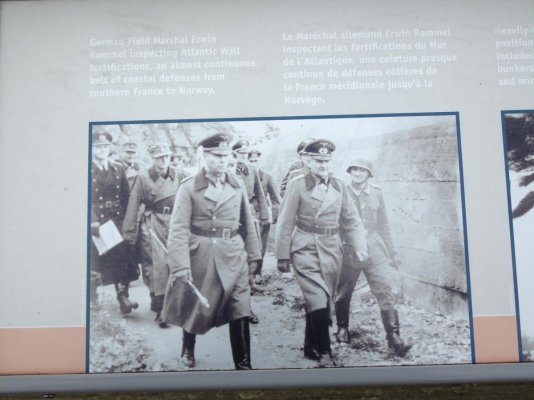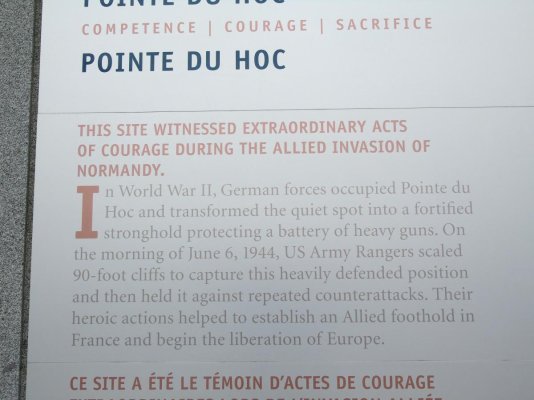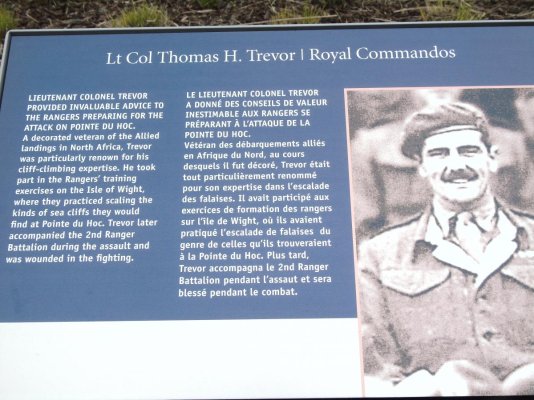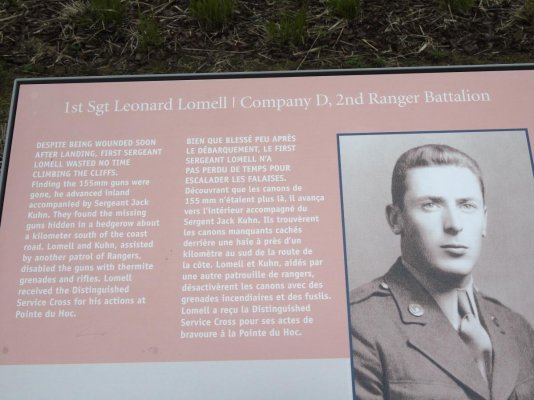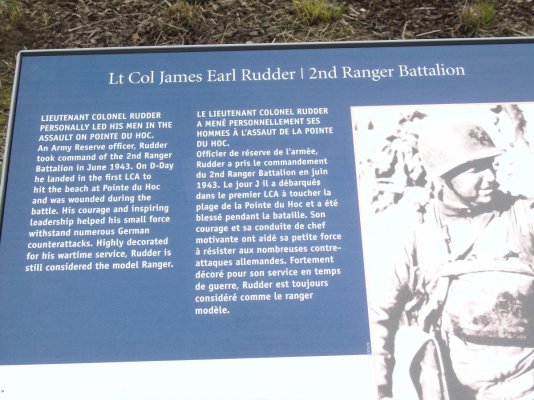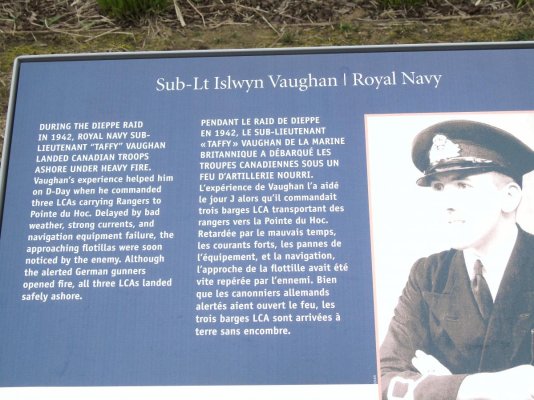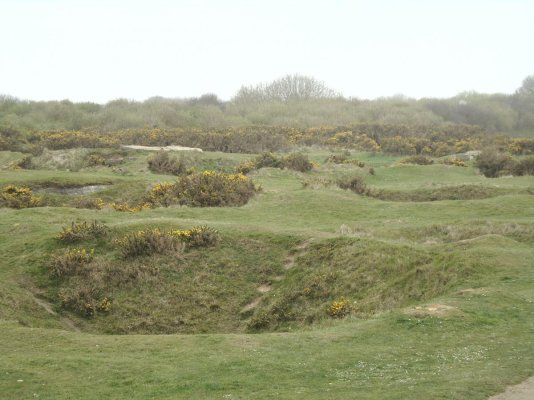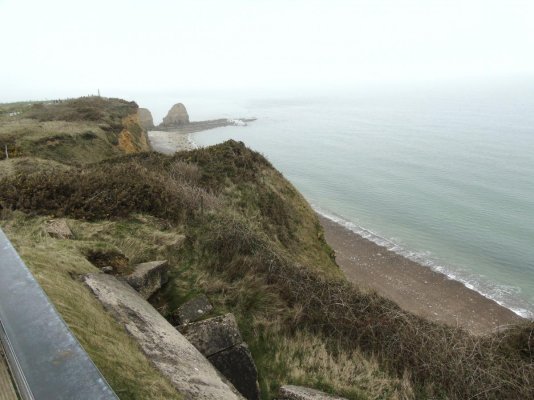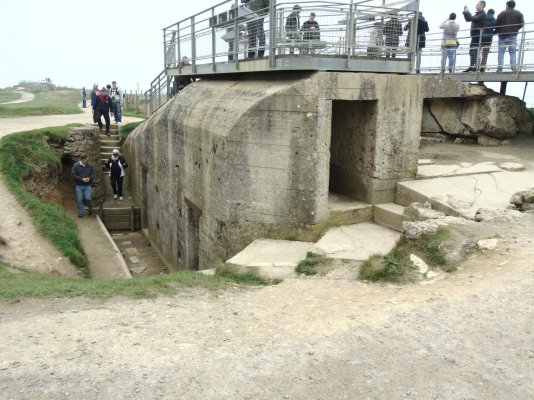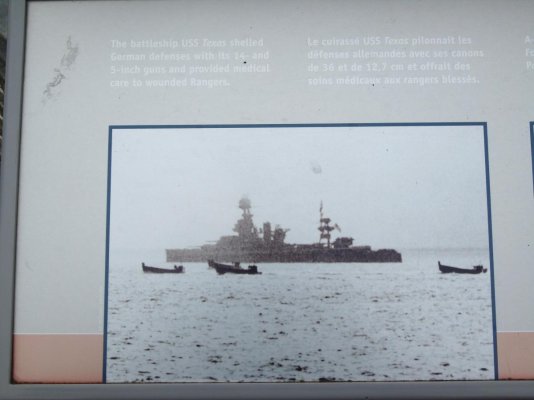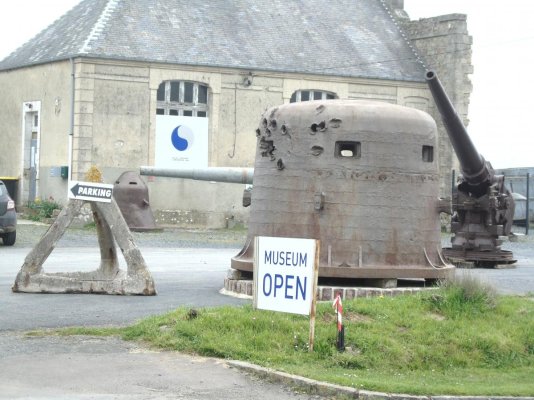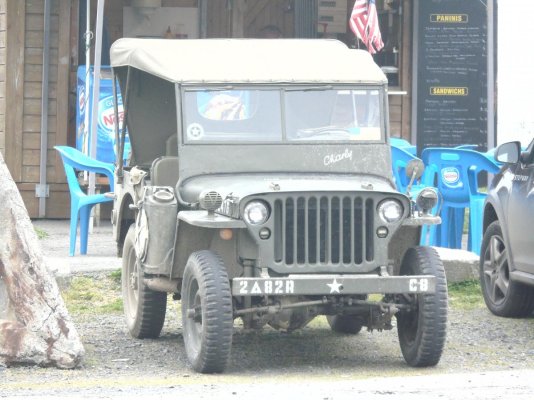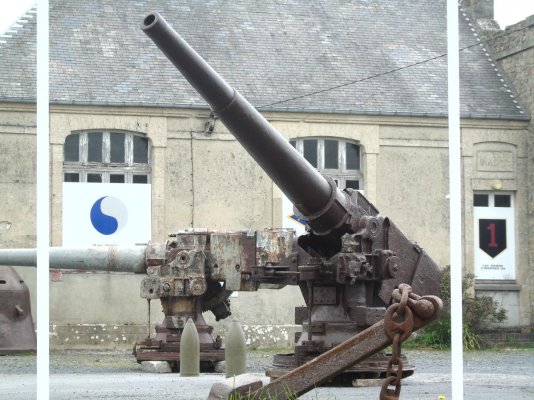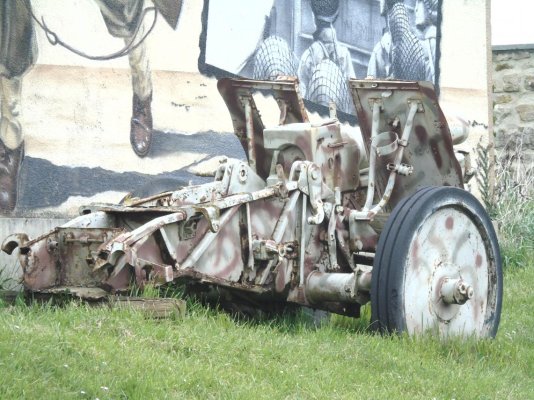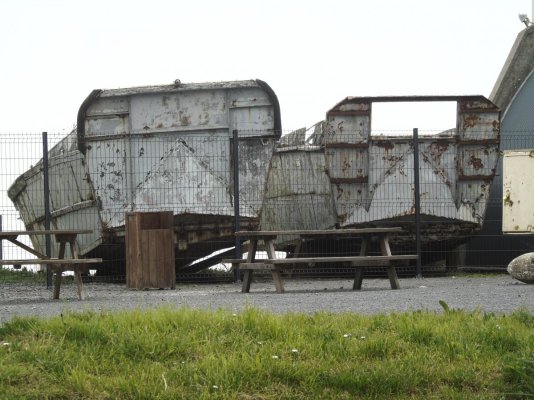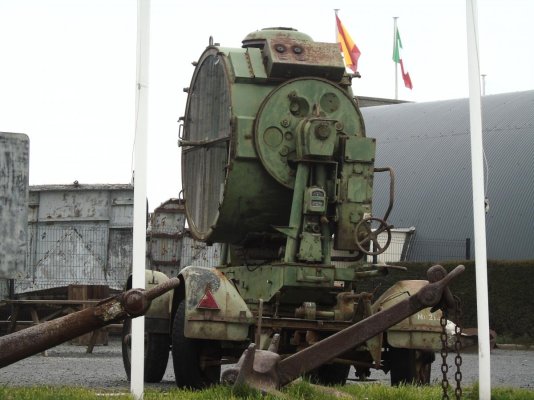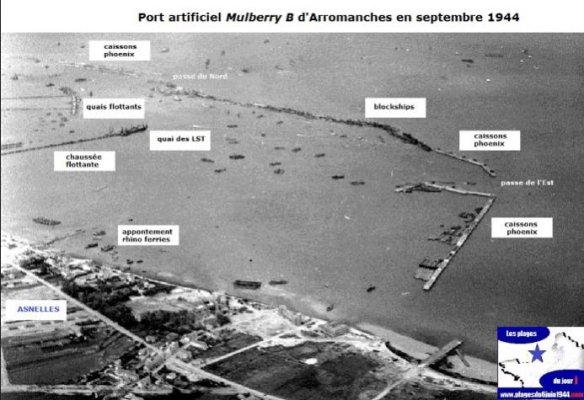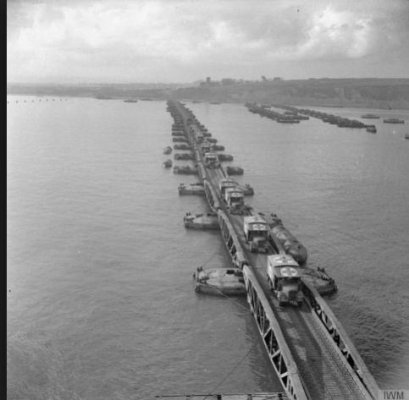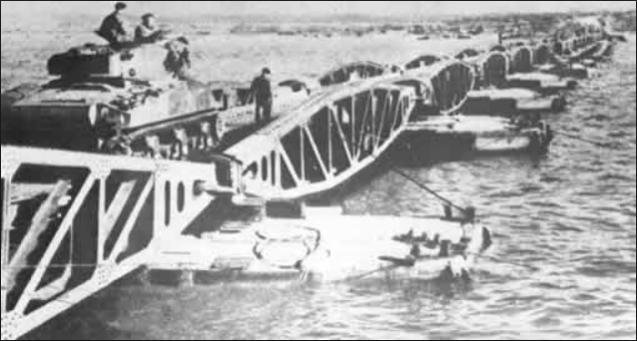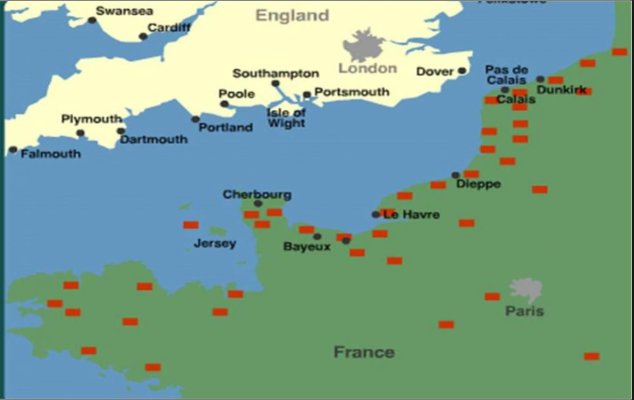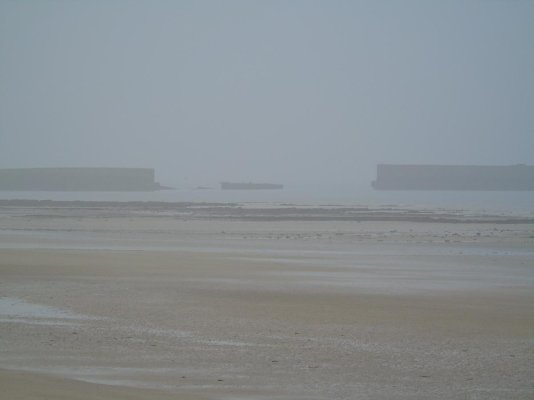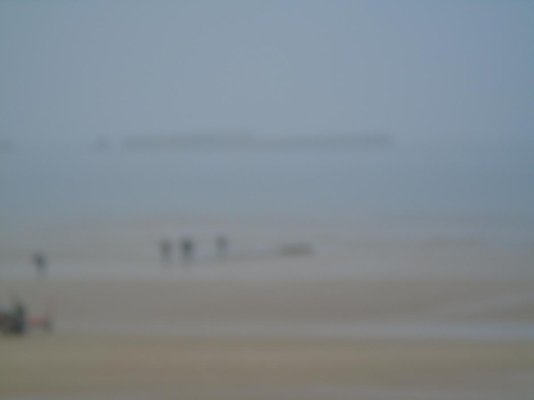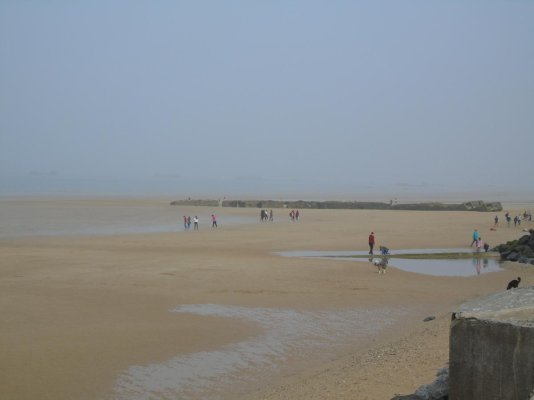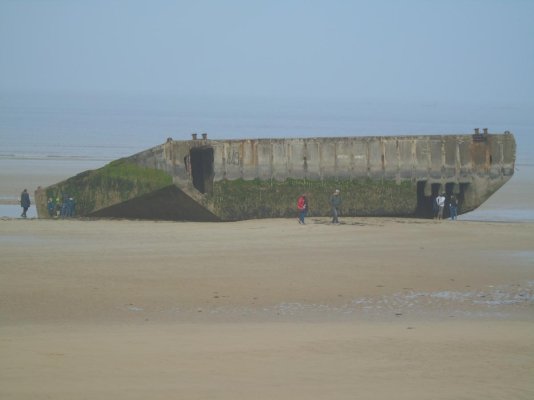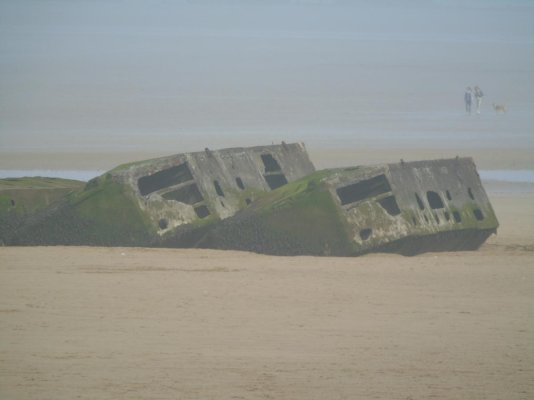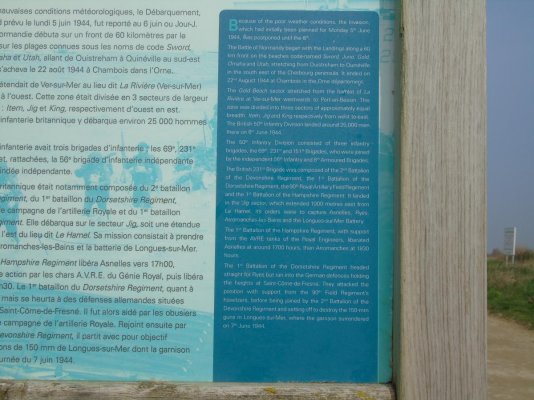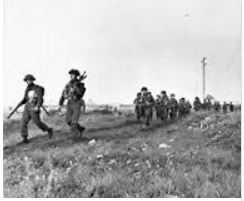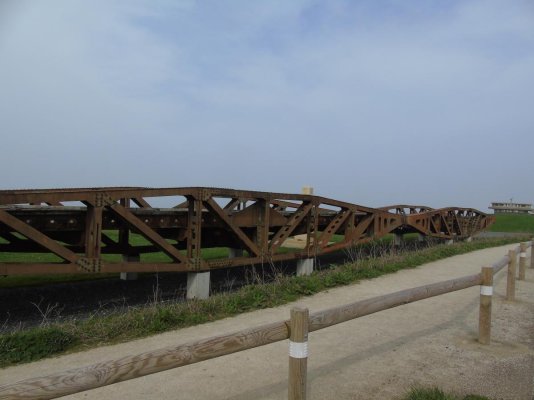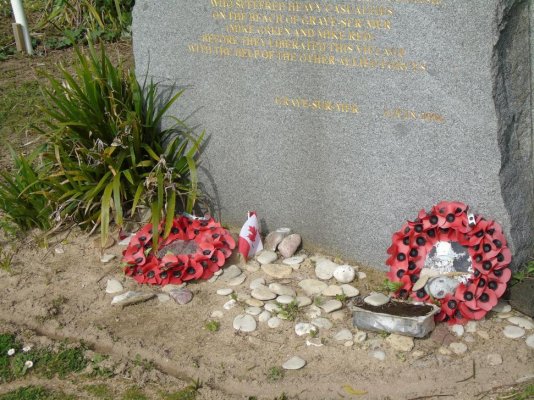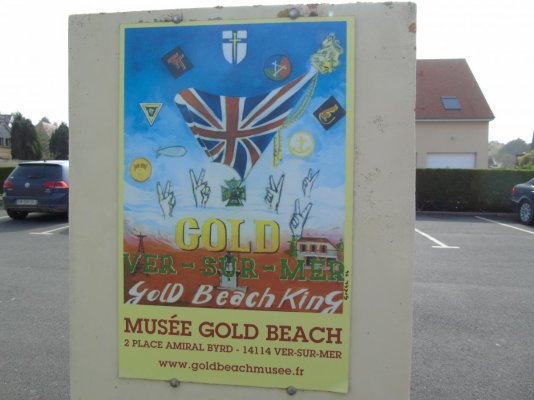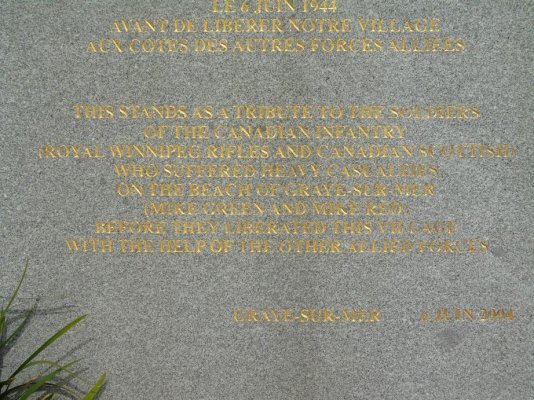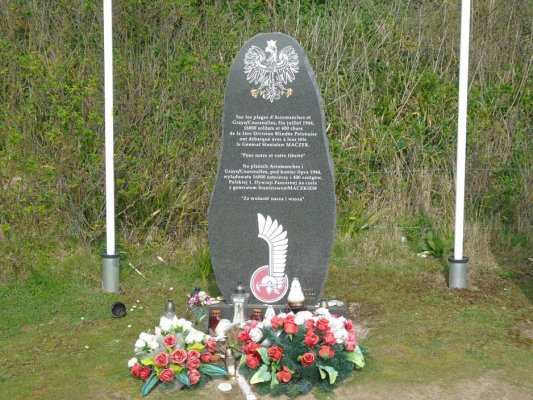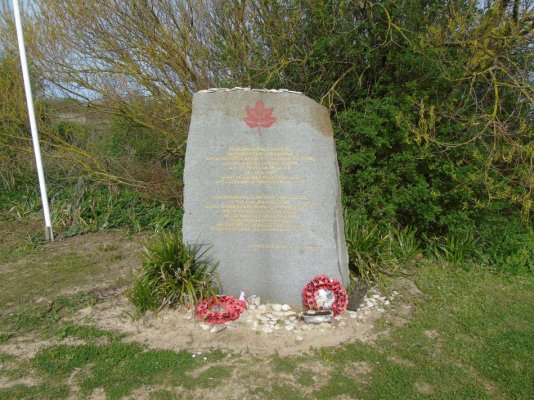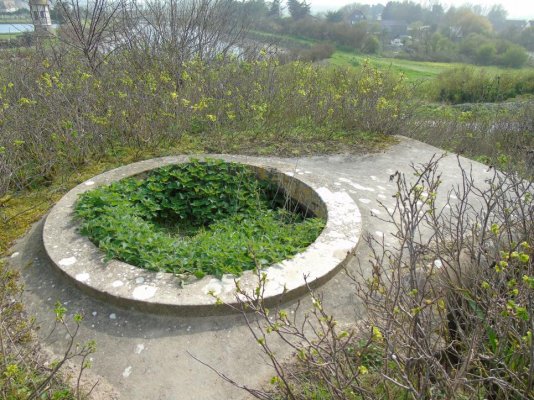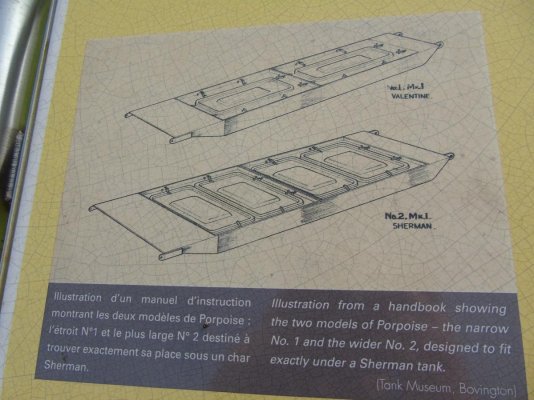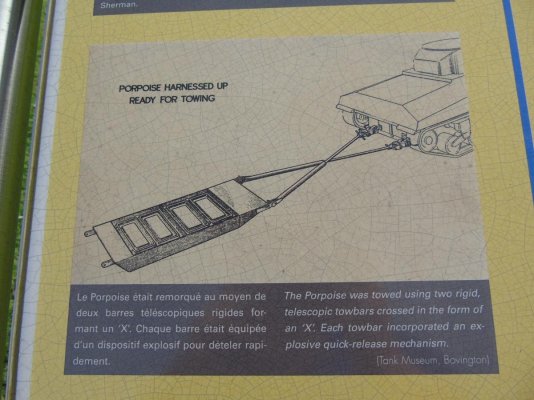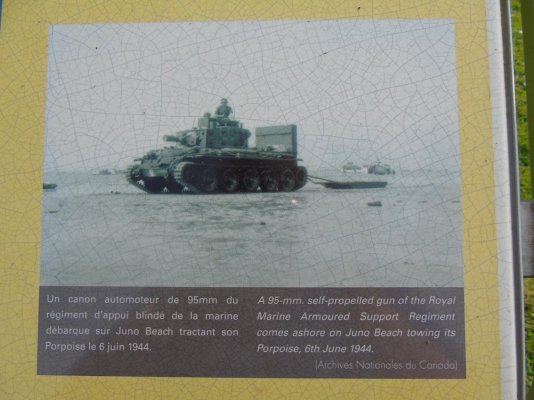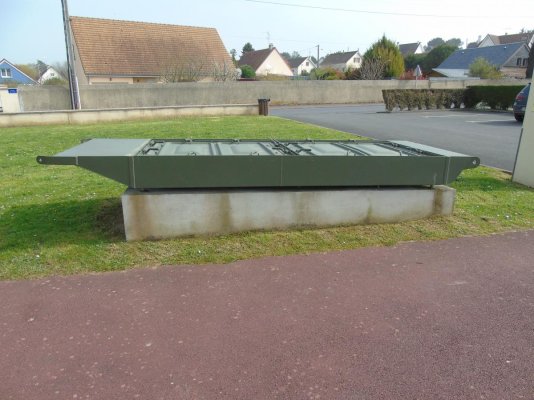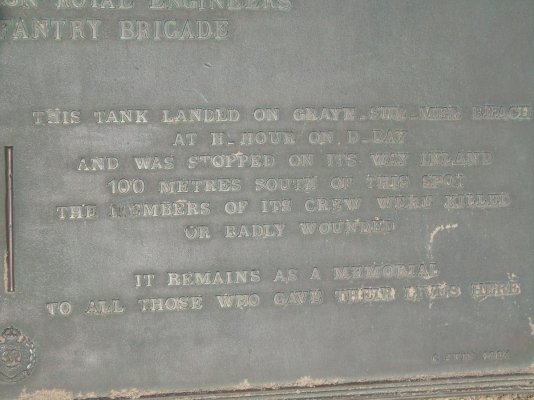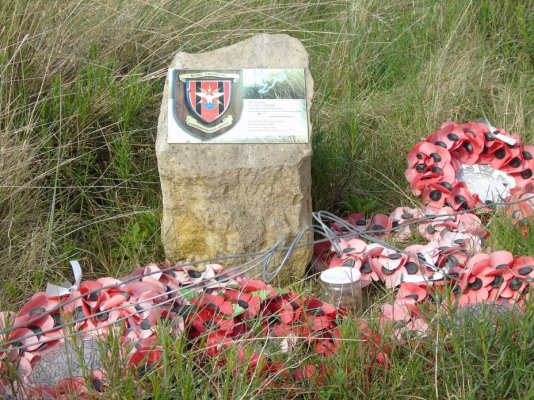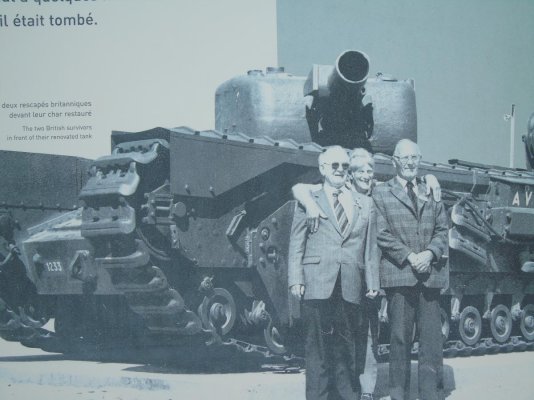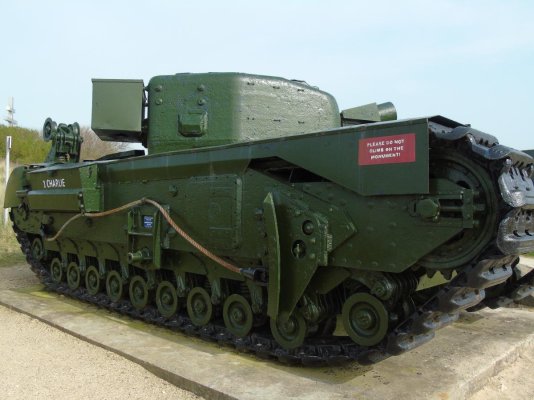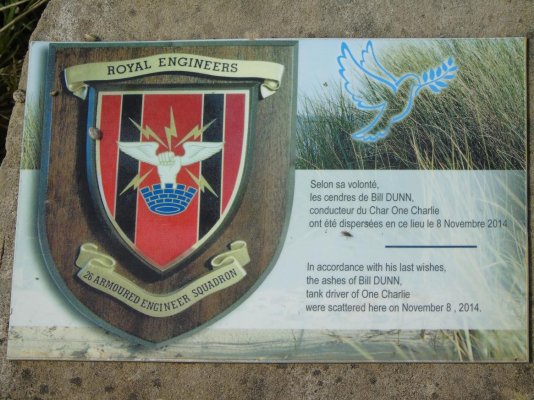Irish Rambler
Guru
- Joined
- Apr 29, 2014
- Messages
- 1,733
- Location
- FRANCE
- Vessel Name
- 'Snow Mouse.'
- Vessel Make
- BROOM FLYBRIDGE 42.
Hitler thought England would be a pushover and the turning point in WW2 came after the battle of Britain gave the Spitfire air supremacy over England. Hitler meanwhile made the classic mistake of opening another battlefront with Russia.
With the Allies gaining ground on the material and logistics front preparations were made to invade Europe and put an end to the Nazi regime.
Hitler was convinced any seaborne attack would come in the Calais region of France because it was the closest crossing point.
The allies encouraged this myth by deception, fields of inflatable tanks, armoured cars and trucks were placed all over the East of the country.
A deceased person with a remarkable likeness to a well known (to the Germans) British general was found and his body kept in dry ice until it was needed, at the appropriate moment the body was dressed in a British Generals uniform and false top secret papers were placed on his body addressed to the Allied HQ in Cairo.
After studying the offshore currents of the coast of Portugal the body was released from a submarine knowing it would be swept onto the Portuguese coast and be discovered.
At the time of the body's release an aircraft going over the Portuguese coastal horizon gave the impression it was going to crash using engine noise, as it reached sea level it released a flash bomb to give the impression of crashing into the sea, instead it headed out to sea at sea level until well offshore and then continued its journey back up to normal cruising height.
The Germans were not long to pick up the rumours and paid the Portuguese fishermen well to 'repatriate' the body of fallen enemy soldier for burial and his belongings. In fact his body is buried just outside Lisbon, Portugal.
The German spies from the embassy took the bait and passed it back to German High Command who also were convinced the attack would come in the Calais region and reinforced the troop stationed in that area as a result.
After losing the African campaign because he quire simply ran out of petrol, Rommel was put in charge of the defences in the Normandy region of France.
Being a wily tactical General he beefed up defences in the region with minefield, caltrops and kilometres of barbed wire and heavy guns.
To frustrate any airborne landings he ordered all the low lying land to be flooded.
Plans for the greatest amphibious assault the world has ever know began 18 months before the actual 6th of June D day. Marine maps that could be of any use studied in intricate detail.
Secret agents were sent to search out information from the French resistance.
Submarines would approach the coast at night and engineers and special forces would exit the subs to clear paths through the minefields on the beaches. Soil/sand samples were taken to find the best routes ashore for men and vehicles, the engineers and SF forces were taken back on board the subs before first light for a well earned hot meal.
All this carried out over months in secret in the dead of night.
During a practice run for D day an exercise was held at Slapton sands, it was a disaster and many men lost their lives without ever setting foot in France.
Photo's.
1, Commemoration plaque for those who lost their life on 'Operation Tiger'.
2, Orientation map showing Calais to the North East and the Cherbourg peninsular to the South West.
3,4, Beach names and nationality of the troops allocated to each beach.
With the Allies gaining ground on the material and logistics front preparations were made to invade Europe and put an end to the Nazi regime.
Hitler was convinced any seaborne attack would come in the Calais region of France because it was the closest crossing point.
The allies encouraged this myth by deception, fields of inflatable tanks, armoured cars and trucks were placed all over the East of the country.
A deceased person with a remarkable likeness to a well known (to the Germans) British general was found and his body kept in dry ice until it was needed, at the appropriate moment the body was dressed in a British Generals uniform and false top secret papers were placed on his body addressed to the Allied HQ in Cairo.
After studying the offshore currents of the coast of Portugal the body was released from a submarine knowing it would be swept onto the Portuguese coast and be discovered.
At the time of the body's release an aircraft going over the Portuguese coastal horizon gave the impression it was going to crash using engine noise, as it reached sea level it released a flash bomb to give the impression of crashing into the sea, instead it headed out to sea at sea level until well offshore and then continued its journey back up to normal cruising height.
The Germans were not long to pick up the rumours and paid the Portuguese fishermen well to 'repatriate' the body of fallen enemy soldier for burial and his belongings. In fact his body is buried just outside Lisbon, Portugal.
The German spies from the embassy took the bait and passed it back to German High Command who also were convinced the attack would come in the Calais region and reinforced the troop stationed in that area as a result.
After losing the African campaign because he quire simply ran out of petrol, Rommel was put in charge of the defences in the Normandy region of France.
Being a wily tactical General he beefed up defences in the region with minefield, caltrops and kilometres of barbed wire and heavy guns.
To frustrate any airborne landings he ordered all the low lying land to be flooded.
Plans for the greatest amphibious assault the world has ever know began 18 months before the actual 6th of June D day. Marine maps that could be of any use studied in intricate detail.
Secret agents were sent to search out information from the French resistance.
Submarines would approach the coast at night and engineers and special forces would exit the subs to clear paths through the minefields on the beaches. Soil/sand samples were taken to find the best routes ashore for men and vehicles, the engineers and SF forces were taken back on board the subs before first light for a well earned hot meal.
All this carried out over months in secret in the dead of night.
During a practice run for D day an exercise was held at Slapton sands, it was a disaster and many men lost their lives without ever setting foot in France.
Photo's.
1, Commemoration plaque for those who lost their life on 'Operation Tiger'.
2, Orientation map showing Calais to the North East and the Cherbourg peninsular to the South West.
3,4, Beach names and nationality of the troops allocated to each beach.
Attachments
Last edited:

